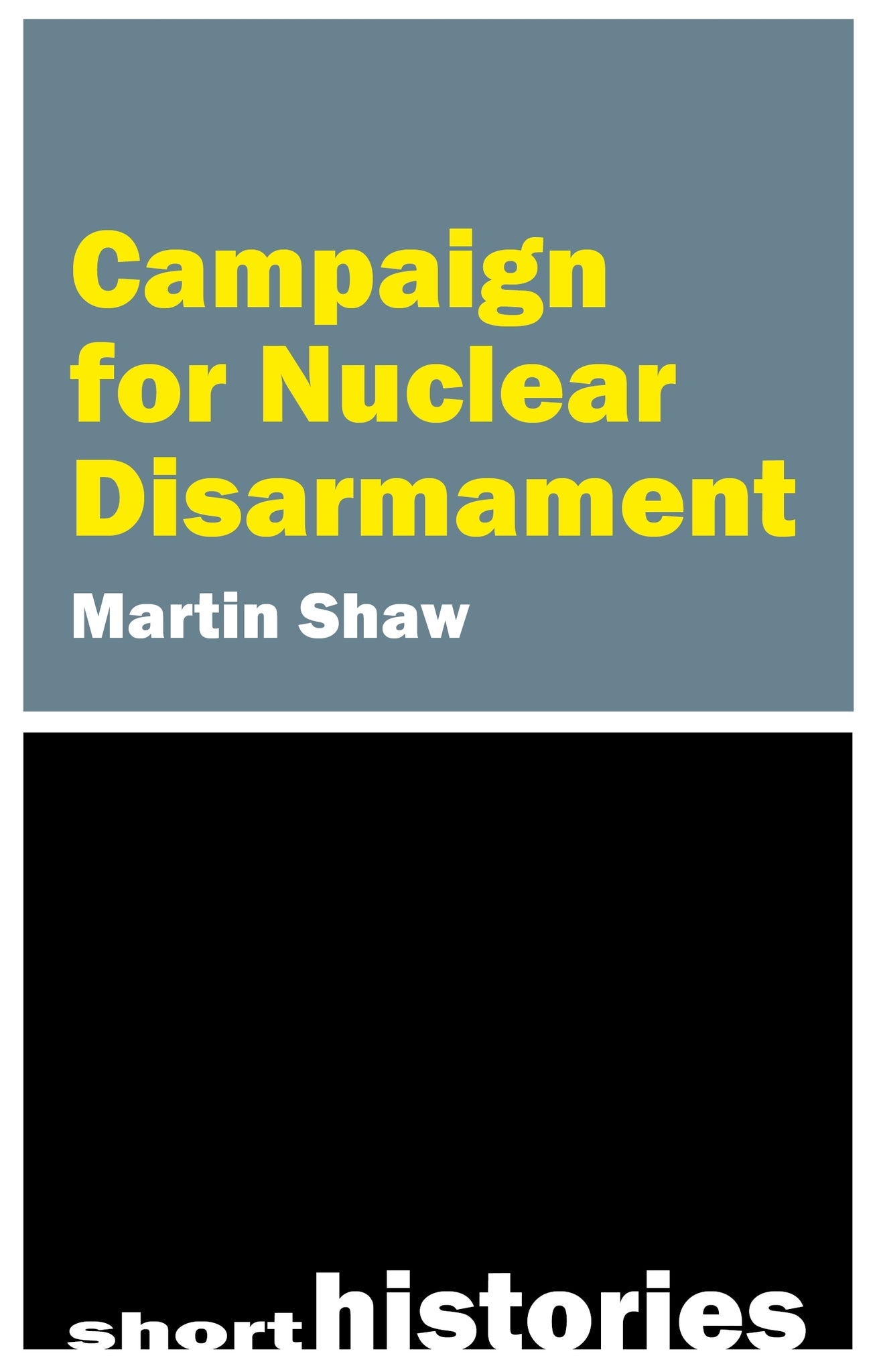We're sorry. An error has occurred
Please cancel or retry.
The Campaign for Nuclear Disarmament

Some error occured while loading the Quick View. Please close the Quick View and try reloading the page.
Couldn't load pickup availability
- Format:
-
14 November 2024

The launch of the Campaign for Nuclear Disarmament in 1958 signalled the first modern protest movement in Britain. Martin Shaw details CND's rise, the activists involved, the tensions with the Committee of 100 around direct action, and the culture, radicalism and social groups that were mobilized to "ban the bomb".
The book discusses how a new movement in the 1980s, led by European Nuclear Disarmament and the Greenham women’s peace camp, helped remove cruise missiles from Europe and end the Cold War. It examines how the campaign influenced – and was influenced by – antiwar movements from Vietnam to Iraq and Gaza, as well as the environmental and women’s movements.
As the nuclear threat returns in the 2020s, this study shows that the antinuclear movement’s ideas and the non-violent direct action it pioneered still reverberate in the campaign against the UK’s "nuclear deterrent" – and in protest movements from Stop the War to Extinction Rebellion.

HISTORY / Military / Nuclear Warfare, Nuclear weapons, POLITICAL SCIENCE / Political Ideologies / Communism, Post-Communism & Socialism, POLITICAL SCIENCE / Political Process / Political Advocacy, Pressure groups, protest movements and non-violent action, Far-left political ideologies and movements, Political activism / Political engagement

This whirlwind tour of CND's history provides an accessible account of the political context, campaigning dynamics and significant impact of Britain's most enduring mass movement. Taking in key stops like Aldermaston, Greenham Common, Vietnam and Iraq, Shaw tells the story of this powerful grass-roots movement and brings it right up to date – as it continues to fight for the abolition of nuclear weapons. Well worth a read.
Introduction
1. Ban the Bomb, 1957–63
2. The campaign and the new movements, 1964–79
3. Against the Euromissiles, 1979–87
4. Ending the Cold War, facing the fallout, 1987–2001
5. Anti-nuclear and anti-war activism since 2001
Conclusion



